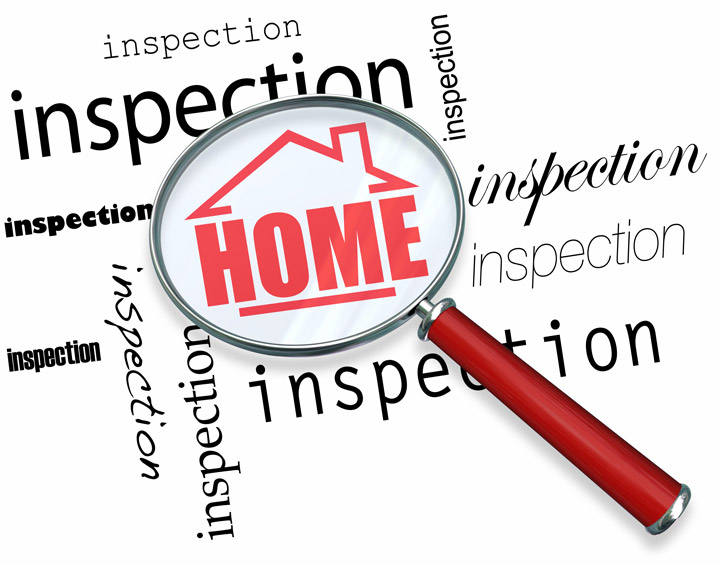
What Goes Into an Appraisal?Their home's purchase is the largest financial decision most could ever encounter. It doesn't matter if a primary residence, an additional vacation property or one of many rentals, the purchase of real property is a detailed transaction that requires multiple parties to make it all happen. Practically all the participants are quite familiar. The real estate agent is the most known entity in the transaction. Then, the lender provides the money needed to finance the transaction. And the title company makes sure that all requirements of the exchange are completed and that the title is clear to pass to the buyer from the seller. So, what party makes sure the value of the property is consistent with the purchase price? In comes the appraiser. We provide an unbiased estimate of what a buyer might expect to pay — or a seller receive — for a parcel of real estate, where both buyer and seller are informed parties. A licensed, certified, professional appraiser from C. A. Klemme will ensure, you as an interested party, are informed. Inspecting the subject propertyOur first duty at C. A. Klemme is to inspect the property to ascertain its true status. We must see features hands on, such as the number of bedrooms and bathrooms, the location, living areas, etc, to ensure they really are present and are in the shape a typical buyer would expect them to be. To ensure the stated square footage has not been misrepresented and describe the layout of the property, the inspection often includes creating a sketch of the floorplan. Most importantly, we identify any obvious amenities - or defects - that would affect the value of the house. Once the site has been inspected, an appraiser uses two or three approaches to determining the value of the property: a sales comparison, a replacement cost calculation, and an income approach when rental properties are prevalent. 
Replacement CostThis is where we gather information on local construction costs, the cost of labor and other elements to derive how much it would cost to construct a property comparable to the one being appraised. This estimate usually sets the maximum on what a property would sell for. It's also the least used predictor of value. 
Analyzing Comparable SalesAppraisers are intimately familiar with the neighborhoods in which they work. They thoroughly understand the value of certain features to the people of that area. Then, the appraiser looks up recent transactions in close proximity to the subject and finds properties which are 'comparable' to the subject being appraised. By assigning a dollar value to certain items such as square footage, additional bathrooms, hardwood floors, fireplaces or view lots (just to name a few), we add or subtract from each comparable's sales price so that they are more accurately in line with the features of subject property.
After all differences have been accounted for, the appraiser reconciles the adjusted sales prices of all the comps and then derives an opinion of what the subject could sell for. At C. A. Klemme, we are an authority when it comes to knowing the worth of particular items in Indianapolis and Marion County neighborhoods. This approach to value is commonly given the most consideration when an appraisal is for a real estate exchange. Valuation Using the Income ApproachA third method of valuing a house is sometimes applied when an area has a measurable number of rental properties. In this situation, the amount of revenue the property yields is factored in with income produced by similar properties to give an indicator of the current value. Arriving at a Value ConclusionCombining information from all applicable approaches, the appraiser is then ready to put down an estimated market value for the property in question. The estimate of value on the appraisal report is not always what's being paid for the property even though it is likely the best indication of what a property is worth. Depending on the individual circumstances of the buyer or seller, their level of urgency or a buyer's desire for that exact property, the closing price of a home can always be driven up or down.Regardless, the appraised value is often employed as a guideline for lenders who don't want to loan a buyer more money than the property is actually worth. It all comes down to this, an appraiser from C. A. Klemme will guarantee you discover the most fair and balanced property value, so you can make wise real estate decisions. |
Got a Question?
Do you have a question? We can help. Simply fill out the form below and we'll contact you with the answer, with no obligation to you. We guarantee your privacy.